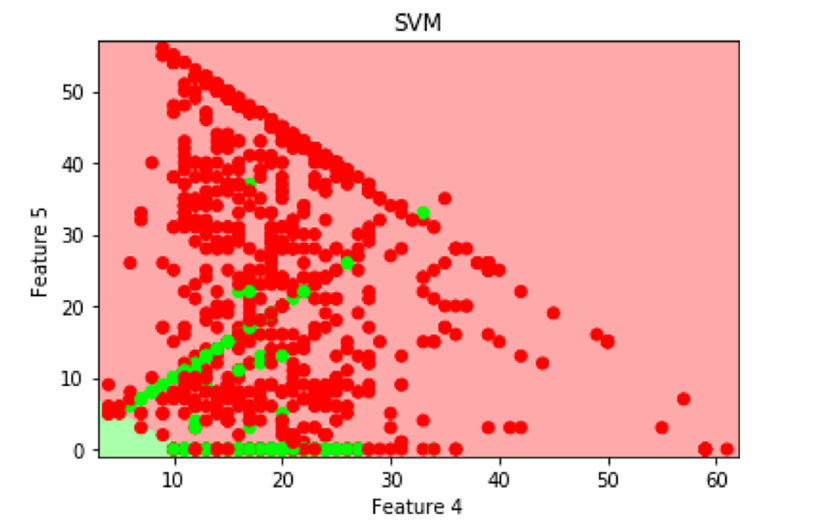MODEL FOR THE DETECTION OF WEB PHISHING ATTACKS BY USING MACHINE LEARNING ALGORITHMS
DOI:
https://doi.org/10.71146/kjmr501Keywords:
phishing attacks, web pages, machine learning, Random Forest Classifier, SVMAbstract
This scholarly investigation examines the identification of web phishing attacks through the utilization of a rule-based system augmented by machine learning algorithms. Phishing represents a significant cybersecurity challenge, frequently employing misleading websites or URLs to deceive users. A dataset comprising 14 critical features characteristic of phishing behavior was employed to both train and evaluate two machine learning models: Support Vector Machine (SVM) and Random Forest. Among the assessed models, Random Forest achieved the highest level of accuracy and was subsequently chosen for rule extraction. These rules were subsequently integrated into a browser-based detection tool to facilitate real-time identification of phishing attempts. To implement this system, a Google Chrome extension called Phish Net was created using HTML, CSS, and JavaScript. Phish Net employs the derived rules to scrutinize web pages during user navigation, thereby providing immediate notifications regarding potentially suspicious sites. By directly incorporating machine learning rules into the browser environment, Phish Net significantly enhances the phishing detection mechanism within the web attack lifecycle. This solution represents a practical use of intelligent algorithms in cybersecurity, offering effective and accessible protection against phishing threats.
Downloads

Downloads
Published
Issue
Section
License
Copyright (c) 2025 Husna Saleem, Muhammad Fuzail, Ahmad Naeem, Naeem Aslam, Ayesha Faiz (Author)

This work is licensed under a Creative Commons Attribution 4.0 International License.






